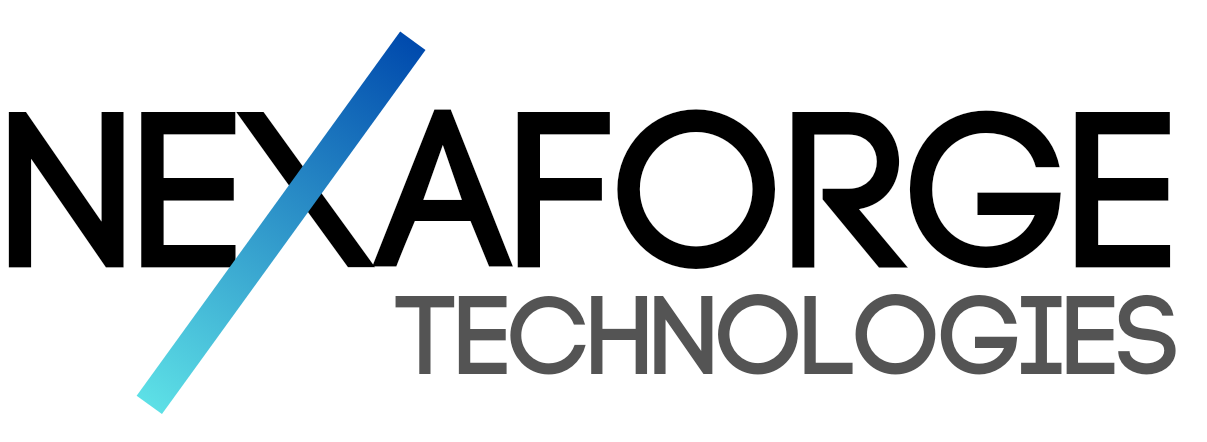
Intro
In times of economic downturn, businesses face unique challenges when it comes to developing products that resonate with consumers. Marketing plays a crucial role in navigating these uncertain times and crafting a market-fit product that meets the needs of customers. In this comprehensive guide, we will explore the key strategies and tactics to build a successful product in an economic downturn.
Understanding the Economic Downturn and Its Impact on Consumers
As economies contract during downturns, consumer behavior shifts markedly. The decrease in consumer confidence and disposable income prompts a more cautious approach to spending. Individuals begin to reassess their purchasing priorities, often scaling back on non-essential items in favor of necessities. This shift is not merely about cutting back; it also reflects a deeper search for value, with consumers demanding more from the products they choose to invest in. They are not just looking for lower prices but also for durability, efficiency, and added benefits that justify the expenditure.
Navigating this altered landscape requires businesses to deeply understand these evolving needs and preferences. Consumer expectations are not static, especially in a fluctuating economic environment. They become more discerning, often seeking products that offer multiple functions or longer-term savings. There is a heightened interest in products that promise sustainability and ethical production methods, as these values become intertwined with notions of quality and worth.
Moreover, the ways in which consumers gather information and make purchasing decisions evolve. There is a noticeable reliance on online reviews, peer recommendations, and comprehensive product comparisons. The digital footprint of a product becomes increasingly significant, as consumers spend more time researching before making a purchase.
Understanding these complex shifts in consumer behavior is crucial for any business aiming to develop a product that not only meets but anticipates the needs of its target market during an economic downturn. This comprehension forms the bedrock upon which customer-centric product development can be built, ensuring that businesses can offer compelling value propositions that resonate deeply with consumers navigating the uncertainties of an economic downturn.
The Importance of Customer-Centric Product Development
In the face of economic challenges, adopting a customer-centric approach in product development becomes paramount. This strategy ensures that the products are designed with a deep understanding of the target audience’s needs, desires, and pain points. A customer-centric model doesn’t just focus on fulfilling the basic requirements but goes beyond to deliver unexpected value, enhancing the customer experience and satisfaction. Engaging directly with customers through surveys, feedback loops, and user testing sessions can unveil invaluable insights. These insights enable businesses to tailor their products more precisely to customer expectations, often leading to innovative features or services that distinguish the product in a crowded marketplace.
Emphasizing customer-centricity encourages a stronger emotional connection between the brand and its consumers, fostering loyalty even in tough economic times. It shifts the development process from a mere transactional relationship to a more engaging and empathetic dialogue with the audience. This approach helps in identifying unmet needs and predicting future consumer trends, which can be crucial for maintaining relevance and competitiveness. Integrating customer feedback into the development cycle not only enhances the product’s market fit but also streamlines the path towards a more agile and responsive product evolution. By focusing on building products that genuinely resonate with and solve the problems of your target customers, businesses position themselves as indispensable partners in their customers’ lives, laying a robust foundation for enduring success irrespective of the economic climate.
Agile Product Development: Pivoting Quickly to Meet Market Needs
In the dynamic environment of an economic downturn, the agility to swiftly adapt product development to shifting consumer needs is indispensable. Agile methodologies empower businesses to embrace flexibility in their development processes, fostering a culture of continuous improvement and responsiveness. This iterative approach allows for rapid prototyping, testing, and refinement of product ideas based on real-time feedback and market data. It encourages cross-functional teams to collaborate effectively, breaking down traditional silos and speeding up decision-making processes.
Through the implementation of short development cycles, or “sprints,” teams can focus on developing core functionalities that address immediate consumer needs and pain points. This targeted development ensures that resources are efficiently allocated to features that enhance the product’s market fit and customer appeal. Moreover, agile product development supports the concept of minimal viable products (MVPs). Launching an MVP enables businesses to enter the market sooner, gather feedback, and make necessary adjustments before rolling out a full-scale product. This not only mitigates risk but also aligns product offerings more closely with evolving consumer expectations.
The agility to pivot becomes a strategic advantage, allowing companies to stay ahead in a competitive landscape and remain relevant to their target audience. It underscores the commitment to listening and responding to customer feedback, laying the groundwork for products that truly resonate with the market. Embracing agility in product development is not just about surviving an economic downturn; it’s about thriving by consistently meeting and exceeding customer expectations.
Leveraging Data to Drive Product Decisions
In the journey to develop a product that aligns perfectly with market demands, especially during economic downturns, harnessing the power of data analytics becomes indispensable. With the vast array of customer interactions, transactions, and digital footprints available, businesses can extract actionable insights that are crucial for informed decision-making. The analysis of this data allows for a deeper understanding of consumer behaviors, identifying patterns that indicate emerging needs or dwindling interests. This is where the strategic application of market research comes into play, enabling companies to pinpoint areas where their product can fulfill a unique niche or solve a specific problem that competitors might have overlooked.
Utilizing advanced analytics tools, businesses can also fine-tune their product features, ensuring they align with the preferences identified through data. For instance, analyzing social media sentiment can reveal what potential users admire or dislike about current offerings on the market, guiding the enhancement of your product’s design or functionality. Additionally, predictive analytics can forecast future consumer trends, providing a roadmap for product evolution that keeps pace with market shifts.
Incorporating data into product development isn’t solely about responding to current consumer needs; it’s also about anticipating future demands. Through a meticulous examination of market trends, customer feedback, and competitive analysis, businesses can refine their product strategy to ensure it not only addresses today’s challenges but is also poised to meet tomorrow’s opportunities. This data-centric approach positions companies to make strategic pivots, optimizing their product to meet the nuanced demands of a fluctuating economic landscape.
Effective Marketing Strategies for Launching Your Market-Fit Product
Crafting a compelling narrative around your product’s unique value proposition is essential for a successful launch, especially in challenging economic conditions. To ensure your market-fit product captures attention and converts potential customers, integrating targeted digital marketing campaigns is pivotal. Leverage the power of search engine optimization (SEO) to improve your product’s visibility online, making it easier for your target audience to find you amidst the digital noise. Email marketing campaigns, personalized to address the specific needs and pain points of your audience, can significantly enhance engagement and foster a sense of connection.
Social media platforms offer a fertile ground for storytelling, enabling you to showcase the practical benefits and emotional resonance of your product through creative content. Collaborating with influencers who align with your brand values can amplify your reach, lending credibility and authenticity to your messaging. Paid advertising, carefully tailored to appear in contexts most relevant to your target demographic, can boost visibility and drive targeted traffic to your product pages.
Additionally, incorporating analytics tools to monitor the performance of your marketing strategies in real-time allows for agile adjustments, ensuring your tactics remain effective and responsive to market feedback. Engaging with your audience through these diversified channels not only heightens awareness of your product but also builds a community of loyal customers, ready to advocate for your brand. By adopting these strategic marketing approaches, your market-fit product stands a greater chance of thriving, even in the face of economic adversity.
Building Resilience: Preparing for Post-Downturn Success
Navigating through an economic downturn not only tests the mettle of a business but also sets the stage for fortifying its foundations for future prosperity. The emphasis on adaptability, a keen understanding of customer needs, and the strategic use of data lay the groundwork for a resilient business model. Companies that proactively embrace these principles position themselves to capitalize on new opportunities as the market recovers. Fostering innovation becomes a beacon for attracting both customer interest and loyalty, ensuring that the business remains at the forefront of its industry. Establishing robust customer relationships during challenging times can translate into a loyal customer base that supports the business well into the future. Keeping a pulse on emerging market trends and customer expectations allows businesses to adjust their strategies proactively, ensuring they are always aligned with the market’s needs. By focusing on these core areas, businesses not only weather the storm of an economic downturn but also emerge prepared to seize the growth opportunities that await in a recovering economy.




the ways in which consumers gather information and make purchasing decisions evolve. There is a noticeable reliance on online reviews, peer recommendations, and comprehensive product comparisons. The digital footprint of a product becomes increasingly significant, as consumers spend more time researching before making a purchase.